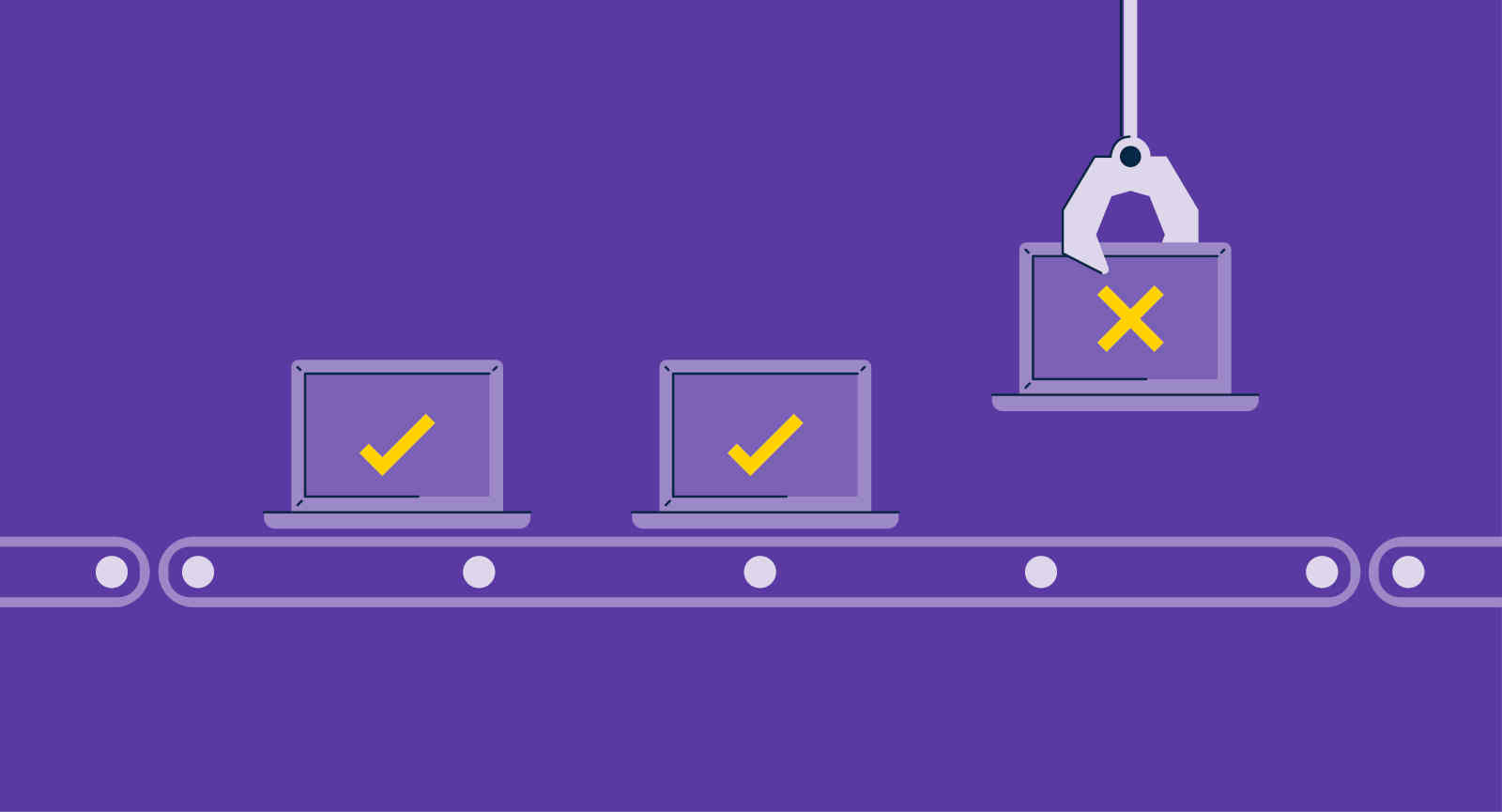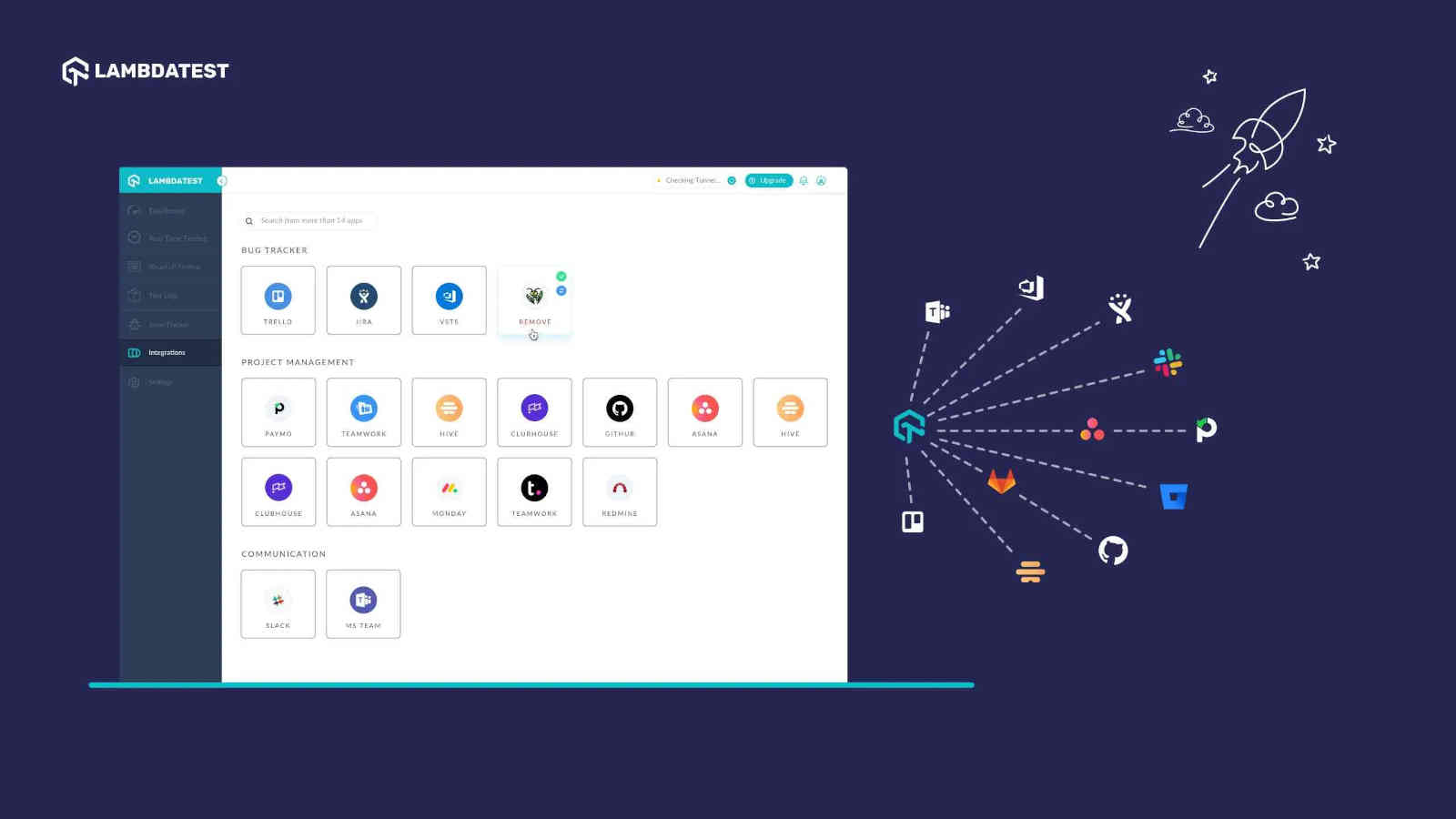
Lessons from our Best Automation Test Record
Many software projects skip testing in the early stages of development, focusing instead on the design and functionalities. This is understandable: the first priority should be to create something that works. When a piece of software is published, new features are added, and maintenance becomes a concern, priorities shift.
Adding new functionality may be challenging since each project addition might have unpredictably negative effects on current features. Adopting high test coverage is one key way to assure quality in current projects that are being updated. In this article, we will confer in detail about the test coverage and its various features, drawbacks, and benefits.

What is Test Coverage?
Test coverage is a statistic in software testing that indicates how much testing is performed in a collection of tests. When executing the test suite, it will collect information about which sections of a program are performed in order to establish whether conditional statement branches have been taken.
In basic words, it is a method of ensuring that your tests are testing your code or determining how much of your code exercised by you is running the test. Test coverage, unlike code coverage, is a black-box testing method. It keeps track of how many tests have been completed.
Test cases are prepared to guarantee that requirements listed in several documents – Functional Requirements Specification, Software Requirements Specification, User Requirement Specification, and so on – are covered to the greatest extent possible. The test coverage report gives details on which sections of the program are covered by test coverage. It basically gives you information about app testing and web testing.

Difference Between Test Coverage And Code Coverage
Test coverage and code coverage are significant measures in software testing. They serve as key standards against which the codebase’s efficacy may be measured. These phrases, however, are often used interchangeably, but they are not. Code coverage is used to determine how much of the code has been executed.
Static instrumentation is used by code coverage tools, in which statements monitoring code execution are introduced at critical points in the code. Adding instrumentation code will increase the execution time and length of the code. However, given the additional information that the tester receives as a result of the extra code, the increase is more than justified.
A report detailing how much of the application code has been executed is generated by code coverage scripts. This is a kind of white-box testing. Test coverage is a way of determining whether or not our test cases cover the application code and how much code is exercised when those test cases are executed.

Importance of Test Coverage
Higher test coverage is significant because:
- It helps in identifying the parts of a requirement that aren’t covered by a collection of test cases
- Aids in the creation of new test cases in order to expand coverage.
- Help to recognize a quantitative measure of test coverage as a quality control tool that is not direct
- Helps to classify test cases that aren’t useful and don’t boost coverage
How To Perform Test Coverage?
Different forms of testing may also be used to assess test coverage. The kind of tests that must be done, on the other hand, is determined by the testing team’s and the organization’s business goals. User-centric online applications, for example, emphasize UI/UX testing above functional tests. Financial applications, on the other hand, will emphasize usability and security testing above all other types of testing.

The following are among the test coverage methods:
- Functional Testing: Functions or features are tested to the Functional Requirement Specification (FRS) documents’ requirements.
- Unit testing: It is done on a per-unit or per-module basis. Bugs at this level vary significantly from those experienced at the integration stage.
- Acceptance Testing: Determines if a product is fit for release to the public. To send code changes from Staging to Production, developers will need to get clearance from testers and SMEs at this point.
- Integration testing: It is sometimes known as system testing since it takes place at the system level. Once all software modules have been integrated, these tests are run.

Test coverage serves a different function depending on the amount of testing. It also relies on the program that is being tested. Furthermore, test coverage metrics for mobile phones would be different from those for online testing. The following are some examples of test coverage types:
- Coverage of Product Features: Test cases are written to ensure that all product features are covered. To test a phone dialer program, for example, the tester must confirm that the number dialed has the correct length. If the number is from the United States, it should have ten digits. Otherwise, there will be an error. All necessary and optional features must be tested in accordance with the product team’s priorities.
- Risk Coverage: Every product requirement document identifies the project’s risks and suggests ways to reduce them. In this step of test coverage, they are addressed. Certain risks, such as market circumstances changes, cannot be forecast or managed at this point. When creating a commercial website, for example, server infrastructure must be set up to provide fast page access. The nearest server for loading the website must be picked based on the location from which it is visited. If not, the user will notice a slowdown and a poor user experience. This has to be put to the test.

- Coverage of Product Requirements: Tests are designed to cover as many of the product requirements as possible. To test a pre-installed SMS application, for example, the tester must make sure that the default language is configured appropriately for the area. If the phone is used in a place where English isn’t commonly spoken (like Korea), the default SMS language should be Korean.
Benefits Of High Test Coverage:
Following are the benefits of high test coverage:
- It can guarantee the test’s quality
- It may assist in determining which parts of the code were modified for the release or repair.
- Preventing the Spread of Defects
- Gaps in requirements, test cases, and errors may be easily identified at the unit and code level.
- It might assist you in identifying untested pathways in your application.
- Time, scope, and cost may all be managed.
- Early in the project lifecycle, defect prevention is essential.
- It can identify all of the application’s decision points and pathways, allowing you to enhance test coverage.
Drawbacks Of High Test Coverage
Take a glance below to get more insights about the drawbacks of high test coverage:
- There are no tools to automate the majority of the activities in the test coverage manual. As a result, analyzing requirements and creating test cases takes a lot of time and work.
- Test coverage enables you to count features and compare them to multiple tests. However, there is always the possibility of making a mistake in judgment.
Best Practices For High Test Coverage:
Following are the best practices that should be followed to increase the test coverage:
- Remove any code that is no longer valid.
The ratio of code coverage to test coverage (covered code/total code) is used to calculate total coverage. Reduce the denominator, which is a whole code, to enhance coverage. By eliminating the Dead or Zombie codes, this is achievable.
Dead code is usually discovered in program histories when feature code was added, removed, or deactivated, and debugging code was also introduced and destroyed. You may boost your entire code coverage ratio in this manner without having to write any new tests.

Manual testing or the use of automated tools may readily detect dead code. You should undertake functional testing before removing dead code, and if it runs precisely as expected, then it may be deleted. Static test coverage analysis techniques may also be used to discover unnecessary dead code in source code. Static analysis’ efficacy, on the other hand, is dependent on the tools, language, and architecture used, but it’s a decent start.
- Code that is redundant or cloned should be removed: Similar to deleting dead code, removing copied code helps enhance test coverage ratios. The lengthy program comprises basic code as well as code blocks that have clones. If you locate and delete these clones, you’ll be able to expand test coverage via two improvements: size reduction and “free” extra testing. By deleting the copied code from your source code, you may boost your test coverage by 5-10%.
- Increase the number of devices covered: The digital world is more complicated than it has ever been. Mobile devices and OS versions are also released on a frequent basis, while desktop browsers like Firefox and Chrome release GA or beta versions on a regular basis. Each release not only brings a test coverage problem but also new features and functions that need more testing. You can leverage cloud-based platforms like LambdaTest for this.

With LambdaTest, you can use a scalable, secure, and dependable online Selenium Grid to automate cross-browser testing. Use Selenium scripts to automate cross-browser testing across an online browser farm of 3000 different browsers and OS combinations. You may pick from a variety of Windows and Mac operating systems, as well as all of the previous and current browsers. Also, be sure to test your web app or website on the most recent mobile browsers for Android and iOS.
Organizations seek indicators of testing completeness and effectiveness to demonstrate test completion requirements as development becomes more methodical. Test coverage is regarded as the most useful of them all. High test coverage may be achieved in a variety of methods, but it’s crucial to keep an eye on the tactics that support your coverage objectives to ensure they stay effective.







